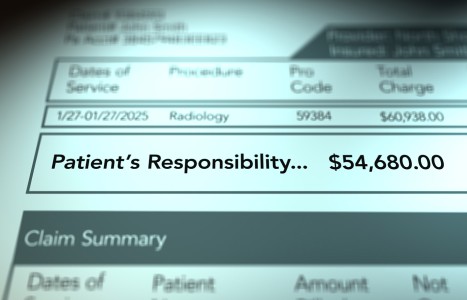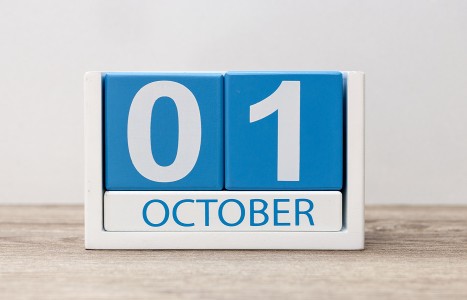Recent laws in New Jersey and California represent a disturbing trend that will negatively impact a practice’s ability to collect monies from patients, as well as expose them to significant penalties if the practice does not follow the mandatory guidelines to a T. Please be aware that a similar law may be coming to your state. The time to act is before the law is passed.
Chiropractic And Golf, Part 12 of 12: Impact!
In my experience, there is no greater feeling than making solid contact with a golf ball. The blade of the club cuts through the ball like a hot knife through butter, with no vibration whatsoever in your hands - only the thud of pleasure you feel in your solar plexus as the ball leaves the club face.
Solid impact is all about getting into the right position inside the "training zone." This is located between 8 o'clock and 4 o'clock on an imaginary clock face. The transfer of your body weight and the position of your arms and the club face are critical inside the impact zone.
Transferring the Body Weight
At the top of the backswing, it is critical that body weight stays inside the back foot. At the moment of impact, body weight transfers to the inside of the front foot.
For body weight to coil inside the back foot, the back ilium must be able to release slightly anterior-superior; the lumbar spine must be able to maintain dynamic lordosis; and the rotators of the ilium must stretch to receive the transfer of body weight. Pre-existing ilium subluxation, loss of (or failure to maintain) lumbar lordosis and/or tight rotators of the hip will prevent your patients from making a complete weight-shift during the backswing.

If the ilium is subluxated, adjust as indicated. If there is poor static or dynamic lumbar lordosis, follow the correction protocols outlined in part 1 of this series (www.chiroweb.com/archives/19/26/02.html).
For impact to occur with the body weight inside the front foot, the spine must bend lateral, away from the direction of your intended target. Remember Newton's Third Law of Motion: "For every action, there is an opposite, equal reaction."

If your patient's spine cannot bend laterally, it may indicate subluxation and/or poor flexibility. If it's subluxation, adjust as indicated; if it's an issue of flexibility, I recommend using a Swiss (exercise) ball five times a week until range of motion is restored.

The Swing Path of the Arms
The front arm is parallel to the plane line (an imaginary line on the ground that starts just behind the golf ball and runs 10 feet behind the ball, from 8 o'clock to 6 o'clock) The back arm is now parallel to the plane line from 6 o'clock to 4 o'clock. Sweeping the arms parallel to the plane line will ensure that your patient releases the kinetic energy directly toward his or her intended target.

The Club Shaft
The shaft of the club must point at the plane line behind the ball, until the handle of the club has descended to 8 o'clock (at minimum) on the imaginary clock face. If the shaft of the club does not point to the plane line, your patient is out of position. When your patients swing over the top or underneath the swing plane, they risk injury trying to re-route 90-100 mph of kinetic energy mid-swing. When the club shaft is on-plane from 8 o'clock to 6 o'clock, the club head releases with power into the back of the ball with tremendous impact!

Jeffry Blanchard, DC
Encinitas, California
jeff@doctorforgolf.com
DoctorForGolf.com



